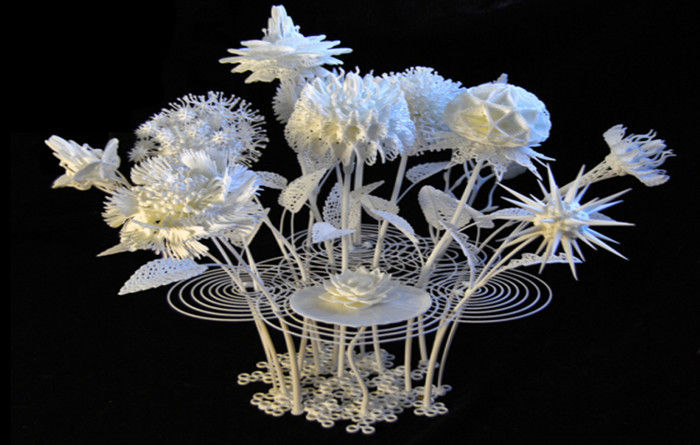Be it manufacturing, production or medicine or engineering, we have seen a significant growth. Today, the advent of highly sophisticated technologies has made it possible to create complex to more complex models and patterns. And SLA is such a boon of advancement in science and technology. Here I will try to look at this technology from every aspect – applications, advantages, and disadvantages.
What is SLA?
It is a kind of
3D printing technology widely used to create different types of models, patterns, and prototypes. I will discuss the prototype later in this article. SLA stands for Stereolithography also known by different names such as Stereolithography apparatus, optical fabrication, photo solidification or resin printing. To produce the detail drawing of parts, the technology uses photo polymerization, a process in which chains of molecules are linked using light and thus is formed polymers. Lots of researches have been done this technology over the last few years and it is, today, immensely used in the
production of metal sheets, CNC vowin.cn/en/News/news1251.html' target='_blank'>machining, metal fabrication, etc. As this highly efficient technology drastically reduces time, it is used to build and test electric cars.
Stereolithography is an additive manufacturing process in which an ultraviolet ray is focused on a large tank filled with photopolymer resin. CAD (Computer-aided design) technology is used to draw a design or shape on the surface of photopolymer tank by using ultraviolet rays. Photopolymers are sensitive to ultraviolet rays. They start solidifying as the rays fall on them and thus, they turn into the desired 3D object.
Benefits:
There are lots of advantages SLA has to provide. The most important one of them is speed. It is highly capable of creating a desired 3D object in reduced time compared to other methods available in the market. Using this technology, functional parts can be manufactured in a day. Not only that, this technology allows 3D printed prototypes and designs to be machined easily and can be also used to create a master model to be used for injection
molding, thermoforming, blow
molding and various other casting methods.
However, it also has some drawbacks that you must have a look at.
• Though it is capable of producing virtually any synthetic design, it may prove to be a little bit costlier – with the cost reaching to $250000 as compared to common photopolymers costing just about $ 800
• Public interest in 3D printing has inspired the design of several consumer SLA machines which can cost $3,500 or less, for example, Ilios Photon 2 and Form 2.
Several types of research have been done over the last few years. As a result, Ilios Photon and Form 2 came into existence, which are making
SLA printing cost reduce significantly. While SLA helps quickly create 3D models or patterns,
Rapid Prototyping is used to fabricate or assemble a scale model of physical part using three-dimensional computer aided design data



